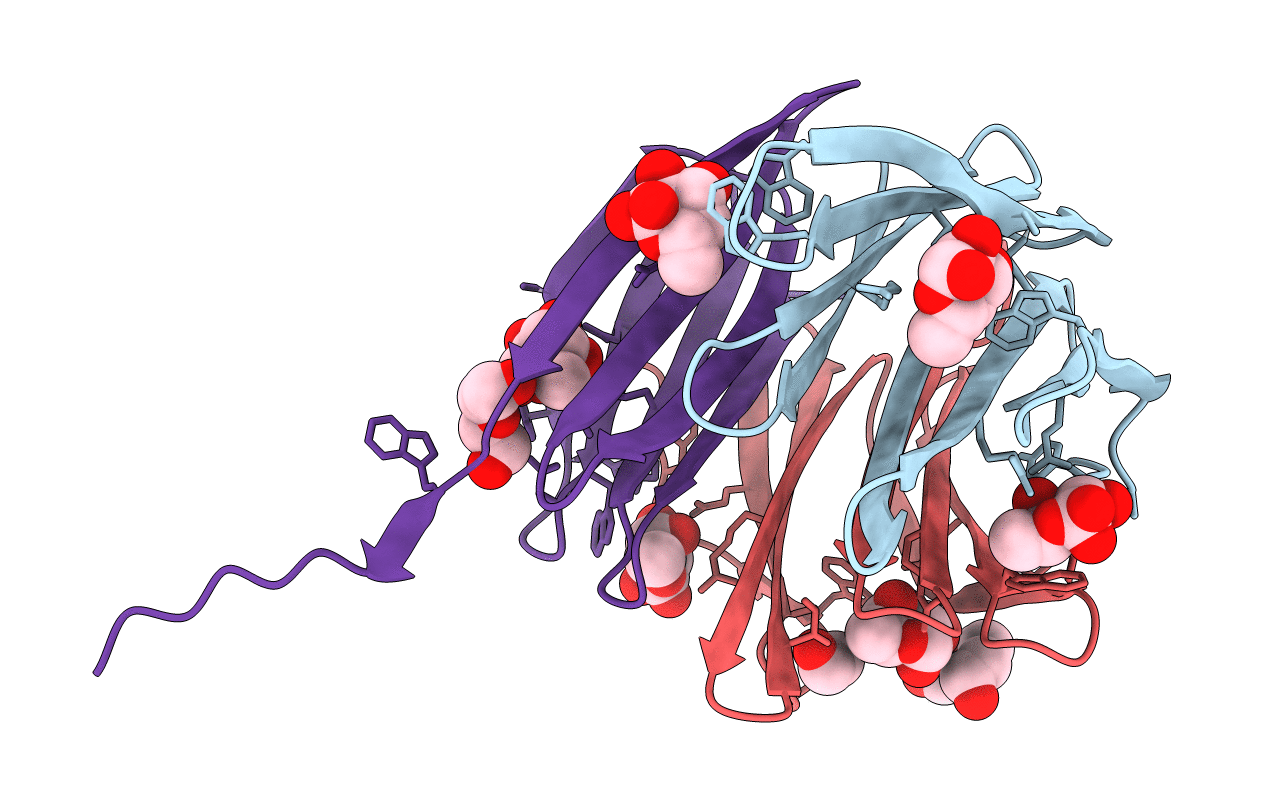
Deposition Date
2012-11-30
Release Date
2013-07-31
Last Version Date
2023-11-08
Entry Detail
PDB ID:
4I6S
Keywords:
Title:
Structure of RSL mutant W76A in complex with L-fucose
Biological Source:
Source Organism:
Ralstonia solanacearum (Taxon ID: 305)
Host Organism:
Method Details:
Experimental Method:
Resolution:
1.54 Å
R-Value Free:
0.17
R-Value Work:
0.14
R-Value Observed:
0.14
Space Group:
I 41 2 2


